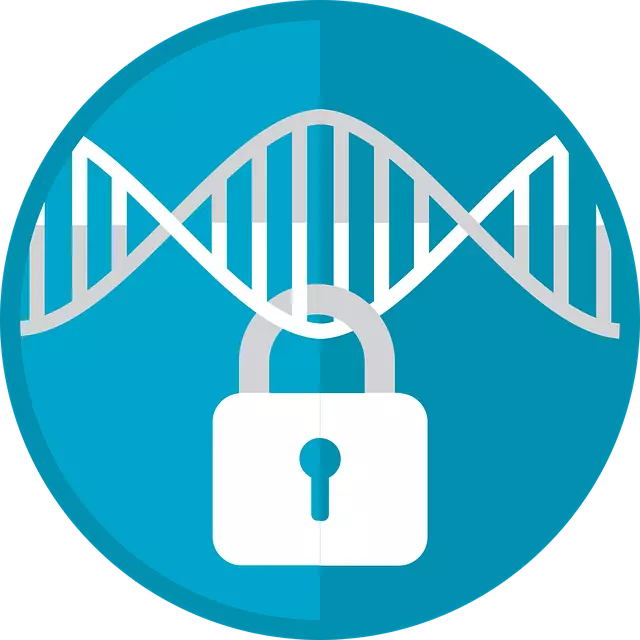From theory to practice: implementing snRNAseq in research laboratories
Introduction to snRNAseq
snRNAseq, or RNA sequencing from mononuclear cells, is one of the most advanced techniques in molecular biology. It enables studies of gene expression in single cells, allowing a deeper understanding of cellular diversity in tissues. With this method, we can gain valuable information about cellular heterogeneity, which is crucial in the context of cancer research, neurological diseases and regenerative medicine.
Why is snRNAseq revolutionary?
Unlike traditional sequencing methods, which analyze a mixture of RNA from multiple cells, snRNAseq focuses on single cells, allowing the detection of unique gene expression patterns. The ability to analyze at the cellular level reveals important new aspects of cell biology, such as intercellular interactions and responses to external stimuli, that may have previously gone undetected.
Planning a snRNAseq experiment
Planning is a key step in using snRNAseq. First, select the tissue or cell type to be analyzed. It is important that they are properly processed to minimize RNA degradation. In addition, sample preparation should take into account biological factors such as cellular diversity and environmental conditions.
Selection of sequencing platform technology
The next step is to choose the appropriate sequencing platform. Many technologies are currently available, such as Illumina, 10x Genomics and PacBio. Each of these platforms has its own advantages and limitations, which should be considered in the context of a specific project. For example, Illumina offers low sequencing costs, while PacBio provides longer reads, which can be advantageous in some applications.
Cell isolation and library preparation
Isolation of individual cells is another important element that affects the quality of the data obtained. Methods such as microscopic isolation of single cells or flow cytometry are often used for this purpose. Once the cells have been isolated, proper library preparation is essential to enable RNA sequencing. A key step is the conversion of RNA to cDNA, followed by amplification, which yields sufficient material for analysis.
Instrumentation and protocols
Research laboratories use a variety of protocols and equipment for snRNAseq. The right sequencing software and hardware are crucial for accurate results. It is worth investing in state-of-the-art equipment that ensures high quality sequencing and minimizes the risk of analysis errors.
Data analysis: the key to understanding the results
Data analysis is one of the most important steps in the entire snRNAseq process. Once samples are sequenced, huge amounts of data are generated that require sophisticated analytical methods. Techniques such as differential gene expression analysis, clustering analysis and data visualization are commonly used. It is also crucial to use appropriate bioinformatics tools to process and interpret the results.
Examples of snRNAseq application in research
Over the past few years, the snRNAseq technique has gained wide application in various fields of biology. For example, in cancer research, it has made it possible to identify subpopulations of cancer cells that differ in both gene expression and response to treatment. In addition, snRNAseq identifies inter-population variation in cells in brain tissues, which is of great importance for understanding neurodegenerative diseases.
Challenges and the future of snRNAseq
Despite its significant advantages, snRNAseq comes with some challenges. The high cost of sequencing, the need for advanced analytical skills, and sample quality issues are factors that may limit its application. However, over time, advances in technology and the availability of analytical tools may lead to a wider implementation of this method in research laboratories.
Summary: Developments in biological research
snRNAseq is certainly transforming the way we study genetics, cell biology and neuroscience. This technique makes it possible to discover new aspects of how organisms function at the cellular level, which contributes to a better understanding of biological mechanisms. As technology advances, snRNAseq will become even more accessible and useful, leading us toward new discoveries and innovations in biology and medicine.

Add comment